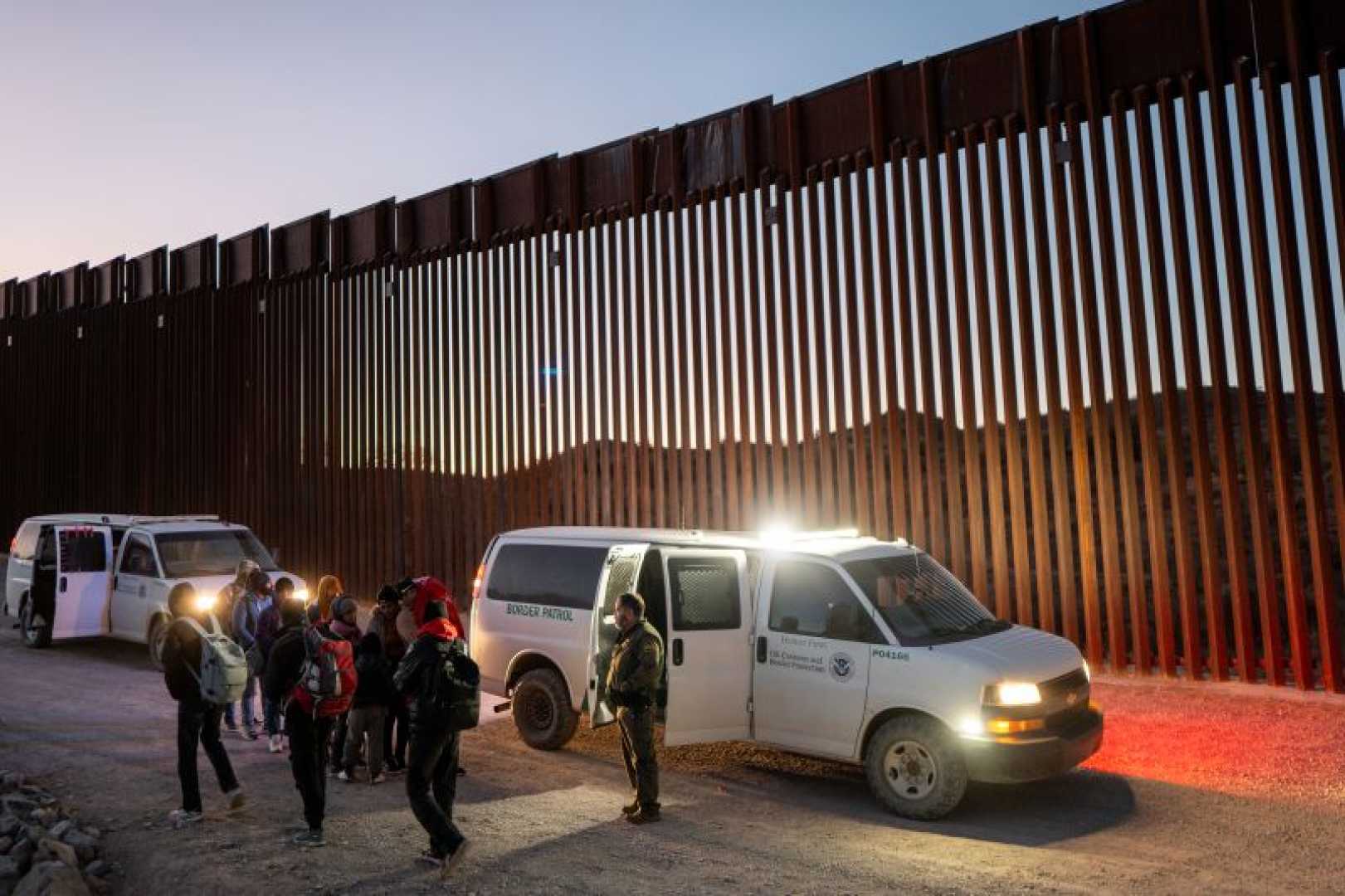News
Significant Drop in Migrant Encounters at U.S.-Mexico Border Reported

WASHINGTON, D.C. — Customs and Border Protection (CBP) reported a significant decline in migrant encounters at the U.S.-Mexico border in January 2025, marking a drastic 36% drop from December 2024. This shift coincided with the transition from the Biden to the Trump administration, which has since enacted stringent border policies.
In January alone, CBP apprehended 61,465 migrants, representing the lowest monthly total since September 2020. A considerable 32% of those encountered were Mexican nationals, a standard statistic in recent months. Other nationalities, including Guatemalan, Brazilian, and Honduran, witnessed steep declines, with Guatemala seeing a 51% decrease compared to the previous month.
The reduction in migration is attributed to various factors, including Mexico’s crackdown on northbound migration initiated in January 2024 and the Biden administration’s asylum policy changes implemented in June 2024. The recent policies enacted under the Trump administration, which commenced on January 20, severely limit asylum opportunities, effectively closing the border to undocumented immigrants.
Data reveals that among migrants apprehended by Border Patrol, 29,116 were detained, down 38% from December and 77% compared to January 2024. Additionally, only 2,572 migrants were released from custody in January, an 86% drop from the previous year. Border Patrol Chief Mike Banks confirmed that since the new policies were implemented, only two individuals were released to assist in criminal prosecutions.
At ports of entry, January’s encounters plummeted by 93% compared to the average during the prior 11 days under the new administration. CBP reported 32,349 migrants encountered at borders of entry, a sharp decline compared to previous months. The demographic breakdown showed that 61% were single adults, 34% were family units, and 5% were unaccompanied minors—similar to flags noted since late 2023.
San Diego remains the most active sector for migrant apprehensions, accounting for 22% of total encounters. As the Biden administration’s policies faced significant reversals, advocacy groups raised concerns over the dire consequences for those seeking asylum.
Amnesty International reported that many migrants in Tijuana are stranded and vulnerable due to the inability to pursue asylum claims. “The right to seek asylum in the United States is non-existent at the U.S.-Mexico border,” stated the report released on February 20. Border Patrol Chief Banks corroborated that asylum claims are virtually unattainable for those crossing illegally.
Citing the constitutional power to declare an “invasion,” the Trump administration’s policies further complicate asylum processes, raising legal concerns among advocacy groups.
Moreover, the government of Panama reported a decline in transit through the Darién Gap, with just 2,229 individuals making the treacherous journey in January 2025 compared to previous months. Venezuelans remain the predominant nationality among migrants in transit, albeit at decreased levels as the U.S. government’s focus on immigration enforcement escalates.
In light of ongoing challenges at the border, the U.S. Senate passed a budget resolution anticipated to bolster funding for border control measures, despite internal disagreements within Republican leadership on the approach.
The resolution aims to provide substantial financial resources to the Department of Homeland Security, with initiatives addressing pay for ICE agents, additional detention space, and support for immigration judges. Senators debated nominations through the night, illustrating the contentious nature of immigration policy under the current administration.












